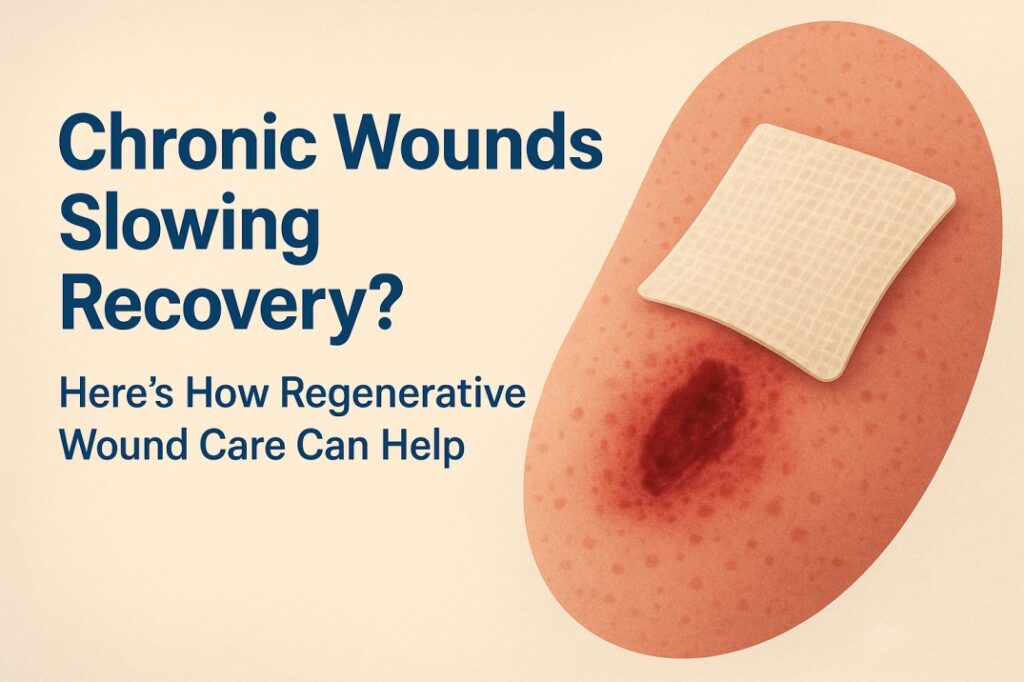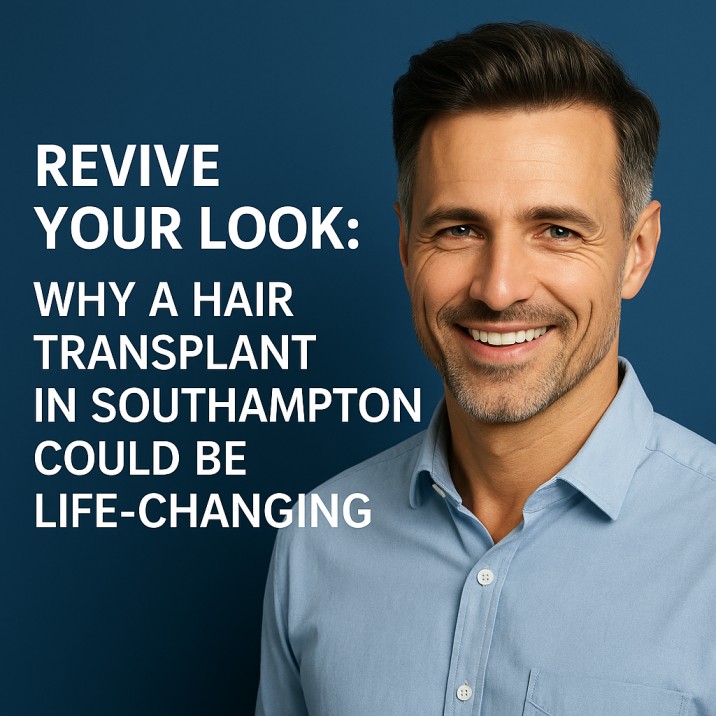Introduction: The Courage Behind Every Story
Every mental health journey is stitched with moments that test the limits of endurance. But somewhere between the tears and the triumphs lies a powerful truth: your story can change lives.
From the quiet corners of community centers to national platforms, countless individuals are discovering the healing power of voice. Sharing your mental health journey is more than self-expression—it’s a bridge to connection, awareness, and purpose.
This article explores how personal experiences with mental health can become a source of healing for both the storyteller and the listener.
The Silence That Hurts: Why Mental Health Stories Go Untold
For generations, silence has surrounded topics like depression, anxiety, trauma, and addiction. Fear of judgment, cultural stigmas, and internal shame have kept too many people in the shadows.
“I didn’t think anyone would understand. I thought I had to carry this alone.”
Sound familiar?
These sentiments aren’t rare. In fact, they’re universal. But in that shared pain lies a unique opportunity: to normalize, validate, and uplift.
The Ripple Effect of Vulnerability
When one person shares their story, it grants silent permission for others to do the same. It sparks a chain reaction:
- Empathy grows
- Stigma shrinks
- Communities heal
In workplaces, schools, and community groups, speakers who openly share their lived experience with mental health challenges can ignite meaningful dialogue. This is why platforms like Tonier Cain’s exist—not for spectacle, but for solidarity.
Whether it’s a high school assembly or a corporate wellness retreat, the act of standing in your truth transforms lives.
Healing Through Storytelling: The Science Behind the Power
It’s not just emotional—it’s neurological.
Research in trauma therapy, neurobiology, and positive psychology confirms that sharing stories activates healing processes:
- Narrative therapy helps individuals reframe trauma and reclaim power.
- Group settings foster belonging and reduce isolation.
- Articulating your experience can reduce cortisol levels and ease anxiety.
By telling your story, you’re not just inspiring others—you’re rewiring your own brain toward resilience.
Turning Pain Into Purpose: A Speaker’s Journey
It starts with a decision.
Do you let your past define you—or refine you?
Mental health speakers who have lived through trauma, incarceration, substance abuse, or systemic marginalization bring an unmatched level of authenticity and authority to the conversation. Their impact isn’t theoretical—it’s lived.
And when that kind of truth walks into a room, people listen.
The transformation from pain to purpose is not about perfection. It’s about progress. About showing others what’s possible, even after the unthinkable.
Making an Impact in Schools, Workplaces, and Communities
In Schools
Young people today are more open than ever to discussing mental health—but they need role models who show them what surviving and thriving looks like. Speakers who share real, raw stories offer students a mirror of resilience and hope.
Topics such as:
- Coping with trauma
- The impact of adverse childhood experiences (ACEs)
- Navigating life after addiction or incarceration
…can spark conversations that ripple far beyond the auditorium.
In Workplaces
Mental wellness isn’t just personal—it’s professional. More organizations are inviting trauma-informed speakers to help their teams understand emotional intelligence, boundaries, burnout, and recovery.
A well-delivered talk doesn’t just tick a diversity or HR box—it changes workplace culture from the inside out.
In Communities
From churches to shelters to nonprofit events, community groups thrive when voices of lived experience take center stage. A speaker who’s walked through pain and emerged with purpose can uplift entire communities, especially those often overlooked.
Why Trust Matters: Experience Over Theory
Let’s be clear—degrees and credentials have their place. But lived experience carries its own authority. When someone shares not what they’ve studied, but what they’ve survived, it builds trust that no academic paper ever could.
How to Begin Telling Your Own Story
If you’re feeling that nudge—that quiet voice urging you to speak—here are steps to get started:
1. Reflect with Compassion
Don’t rush into the most painful parts first. Start by journaling or voice-recording your thoughts. Name your emotions. Honor your journey.
2. Set Boundaries
You don’t have to tell everything to be impactful. Choose what parts you’re ready to share and what remains sacred.
3. Know Your Audience
Are you speaking to students? Mental health professionals? Faith communities? Tailor your language, tone, and message to match their context.
4. Practice Self-Care
Storytelling is emotional labor. Ground yourself before and after you share. Surround yourself with a support system that understands the emotional toll.
What Sharing Achieves: Real Transformation
When you speak your truth:
- You give someone else the courage to seek help.
- You show that recovery isn’t just possible—it’s powerful.
- You shift public perception from pity to empowerment.
Most of all, you remind the world that people are not their diagnoses or their pasts. They are complex, capable, and worthy of being heard.
Conclusion: Your Voice is a Vessel for Change
Your mental health journey isn’t a weakness—it’s a weapon for change.
By sharing it, you give others permission to begin their own healing. You bring light to dark places. And you become part of a movement that is rewriting the narrative around trauma, resilience, and purpose.









